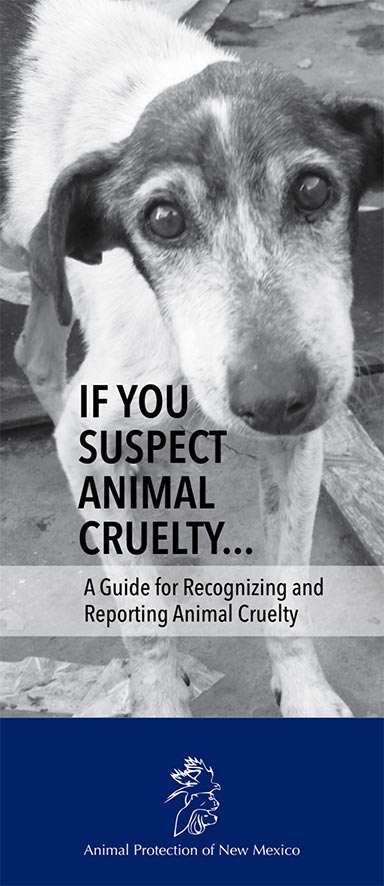When you encounter a situation that raises suspicion about animal abuse, what steps should you take? This question probes the very heart of animal welfare advocacy. The challenge lies not only in identifying the signs of animal cruelty but also in understanding the critical importance of reporting it. Awareness and prompt action can make a significant difference in the lives of vulnerable creatures. This article aims to provide comprehensive insights into recognizing and reporting animal abuse, ensuring that every animal can live free from harm.
To embark on this journey of compassion, we must first define what constitutes animal abuse. Animal cruelty is a pervasive issue that can take many forms, including physical violence, neglect, emotional harm, and exploitation. It takes place in various settings, from homes and farms to zoos and laboratories. Understanding these dimensions is crucial for effective identification. Common indicators of abuse include persistent injuries, malnourishment, poor living conditions, and palpable fear displayed by the animal. As attentive observers, we must cultivate a vigilant eye for these signs.
One might ask, “How can I tell when an animal is truly suffering versus displaying normal behavior?” This distinction can be challenging to ascertain. Animals often mask their pain until it becomes unbearable, which necessitates a deeper comprehension of their usual demeanor. Behavioral changes, such as withdrawal or aggression, can signal distress. In addition, the presence of external conditions—such as inadequate shelter, lack of access to food and clean water, or overcrowded living situations—can illuminate the harsh realities many animals endure. The multifaceted nature of animal suffering requires keen observation and analytical skills.
Once you have recognized potential signs of animal cruelty, the next step is to report your findings judiciously. However, fear of misunderstanding or backlash can deter individuals from taking action. What will happen if you are mistaken? The idea of falsely accusing someone or getting involved in a complicated situation may raise anxiety. Yet, it is crucial to remember that reporting suspicions of abuse is not just a moral obligation; it is a proactive approach to safeguarding vulnerable lives. Many jurisdictions have established protocols for handling these types of reports. Familiarizing yourself with local laws and regulations is essential.
To effectively report suspected animal abuse, specific information is required. This might include details such as the exact location, descriptions of the animal, and the nature of the observed behavior. Documentation can be invaluable. Take photographs or videos if it is safe to do so without escalating the situation. Gather witness accounts if possible. These pieces of evidence can substantiate your claims and assist authorities in conducting a thorough investigation.
When making a report, whether to local law enforcement, animal control, or a humane society, clarity and conciseness are paramount. Present your observations factually and devoid of emotional bias. While it is natural to feel passionate about animal welfare, that passion should not cloud your ability to communicate effectively. A structured report enhances the likelihood of timely and appropriate intervention. It is advisable to insist on receiving feedback about the outcome of your report, which can keep the process transparent and accountable.
However, notwithstanding best efforts, there may be instances where action is delayed or insufficient. In such cases, engaging with local animal advocacy groups can amplify awareness. These organizations often have the resources and networks to escalate concerns effectively. Furthermore, they serve as a bridge between the community and local authorities, fostering a more extensive dialogue about animal welfare issues.
It is also necessary to confront the broader societal frameworks that enable animal abuse to persist. Questions arise regarding the culture surrounding animal ownership and welfare. Are we fostering an environment where animals are seen as companions, or do they remain viewed merely as commodities? Addressing these underlying attitudes can pave the way for legislative reforms and community initiatives aimed at enhancing animal welfare standards.
Moreover, public education plays a pivotal role in transforming perceptions and behaviors. Campaigns that teach responsible pet ownership, the significance of spaying and neutering, and the need for proper care can prevent abuse before it occurs. By equipping communities with knowledge, we create a collective responsibility towards animals, reducing the likelihood of cruelty manifesting in the first place.
In conclusion, the act of recognizing and reporting animal abuse is fraught with challenges yet embodies a commendable commitment to safeguarding the voiceless. By adopting a framework of awareness, due diligence in reporting, and community engagement, we can stand as vigilant guardians of animal welfare. It is incumbent upon each of us to cultivate a culture of empathy and action, ensuring that every creature—regardless of species—receives the care and respect it deserves. Let this be a call to action: do not turn a blind eye to suffering. Together, we can foster an environment where cruelty is neither tolerated nor overlooked, creating safer lives for animals everywhere.










